Fountain Waterfall CFD simulation, Ansys Fluent Training
$60.00 $30.00 Student Discount
In this project, Fountain Waterfall has been simulated and the results have been investigated.
Click on Add To Cart and obtain the Geometry file, Mesh file, and a Comprehensive ANSYS Fluent Training Video.To Order Your Project or benefit from a CFD consultation, contact our experts via email (info@mr-cfd.com), online support tab, or WhatsApp at +44 7443 197273.
There are some Free Products to check our service quality.
If you want the training video in another language instead of English, ask it via info@mr-cfd.com after you buy the product.
Description
Project Description
In this project, a Numerical simulation of Fountain Waterfall has been done by Ansys Fluent software. The system consists of two different fluids, including water as the primary fluid and one secondary fluid is Air. The Eulerian multiphase model has been used. The water is entering the fountain at a speed of 1 m/s with gravity considered as -9.81 m/s-2 in the y axis.
Geometry & Mesh
The 3-D geometry of the present model is carried out using Design Modeler software. The geometry consists of one fountain with one inlet and cylinder around as ground domain. The lower side of the cylinder is considered as ground, and the other sides are pressure outlets.
The meshing of this present model has been generated by ANSYS Meshing software. The mesh grid is unstructured with no element quality lower than 0.64. the figure below shows an overview of the performed mesh.
Fountain Waterfall CFD Simulation Settings
We consider several assumptions to simulate the present model:
- The solver is pressure-based and transient.
- Simulation has only examined fluid behavior; in other words, heat transfer simulation has not been performed.
- The effect of gravity on the flow is considered to be 9.81 m.s-2 and along with the y-axis in the present model.
| Models | ||
| K-omega | Viscous model | |
| standard | k-omega model | |
| shear flow corrections | k-omega options | |
| air | primary phase | |
| water | secondary phase | |
| explicit | formulation | |
| Boundary conditions | ||
| Velocity-inlet | inlet | |
| 0 | initial gauge pressure | mixture |
| 1 m/s | velocity magnitude | water |
| 1 | volume fraction | |
| Pressure outlet | outlet | |
| 1 | backflow volume fraction | air |
| 0 | backflow volume fraction | water |
| wall | wall | |
| stationary wall | wall motion | |
| Solution Methods | ||
| Phase coupled | pressure-velocity coupling | |
| PRESTO! | pressure | |
| first-order upwind | momentum | |
| first-order upwind | specific dissipation rate | |
| first-order upwind | volume fraction | |
| Initialization | ||
| standard | initialization method | |
| 1 m/s | water velocity (0,y,0) | |
| 0 m/s | air velocity (x,y,z) | |
| 1 | the secondary phase volume fraction | |
Results
At the end of the solution process, two-dimensional and three-dimensional velocity, air and water volume fraction, and animation of filling fountain are obtained. The starting time fountain fills with an initial velocity of 1 m/s and takes 1.8s to fill it. After filling, the fountain start to spillage, and the simulation ends. Results are showing there is a relation between initial velocity and inlet diameter with time takes to fill as well as wetted area
[/vc_column_text]
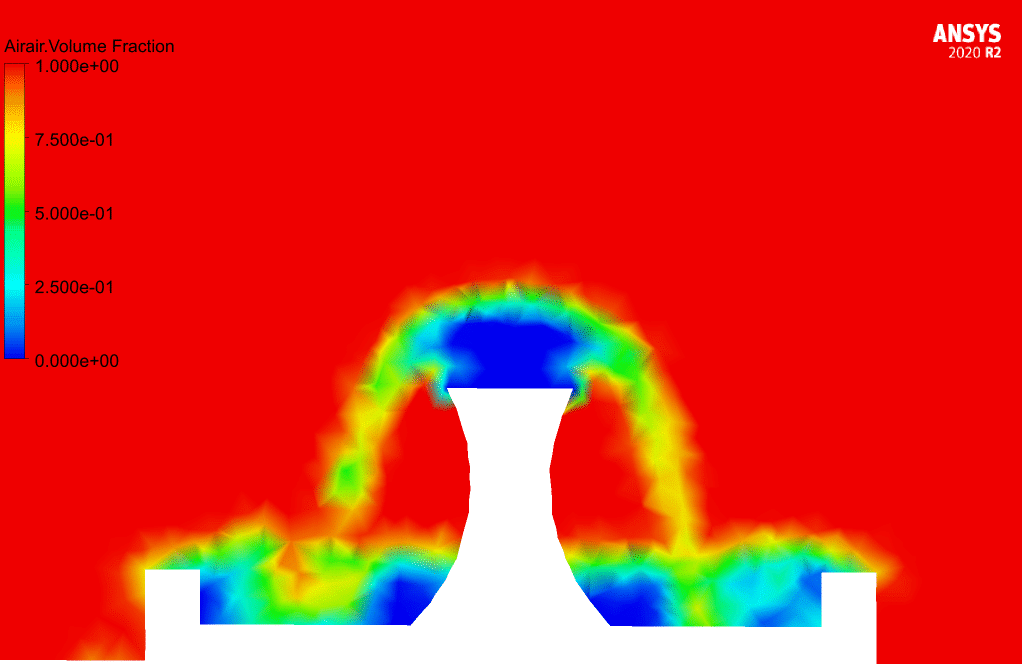
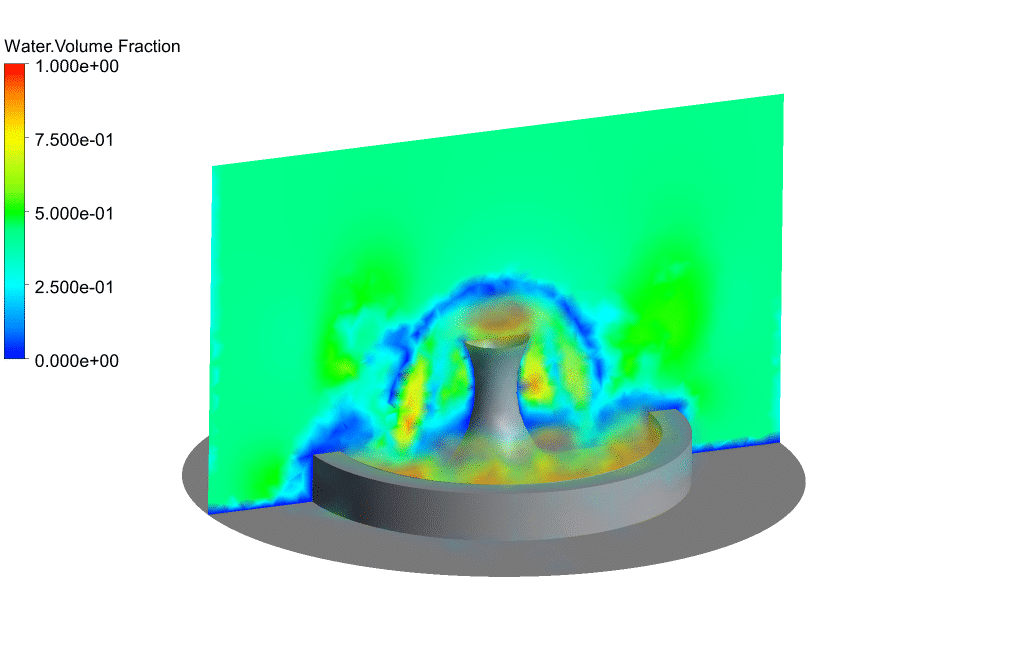
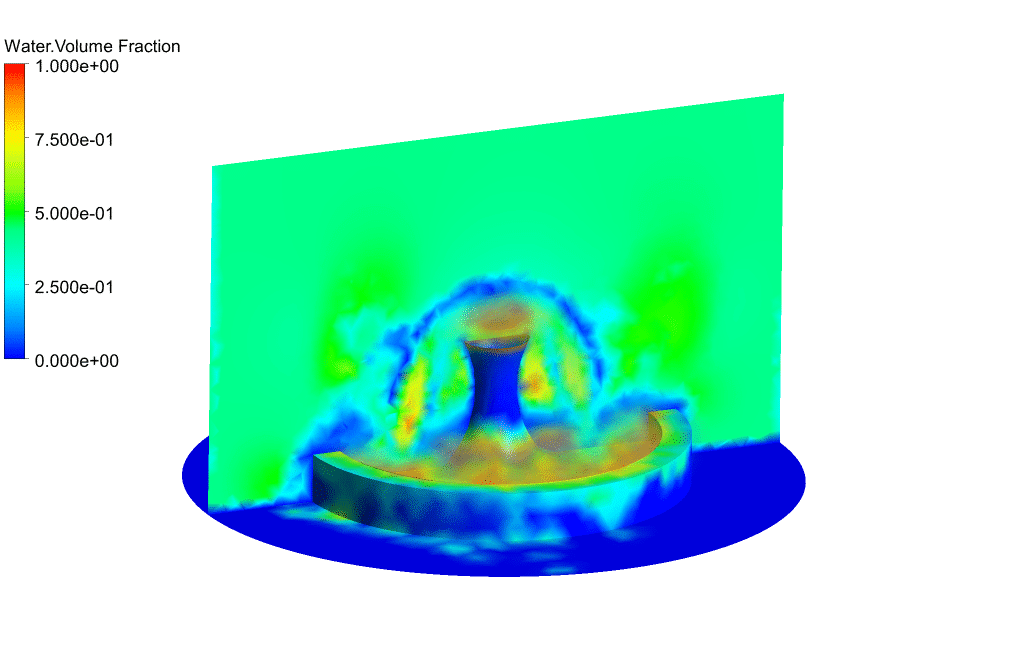
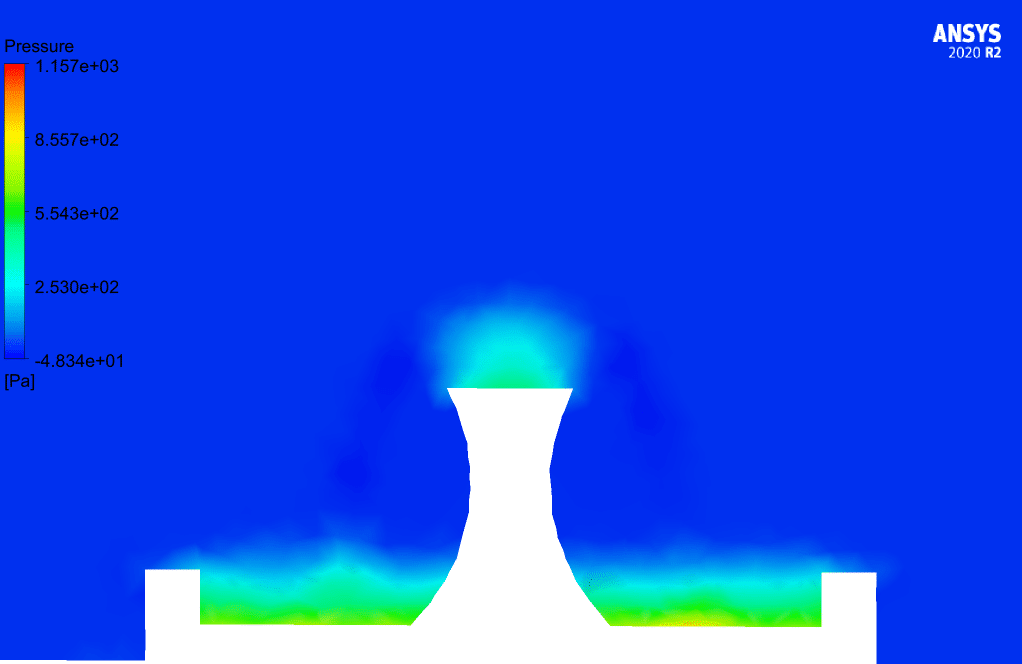
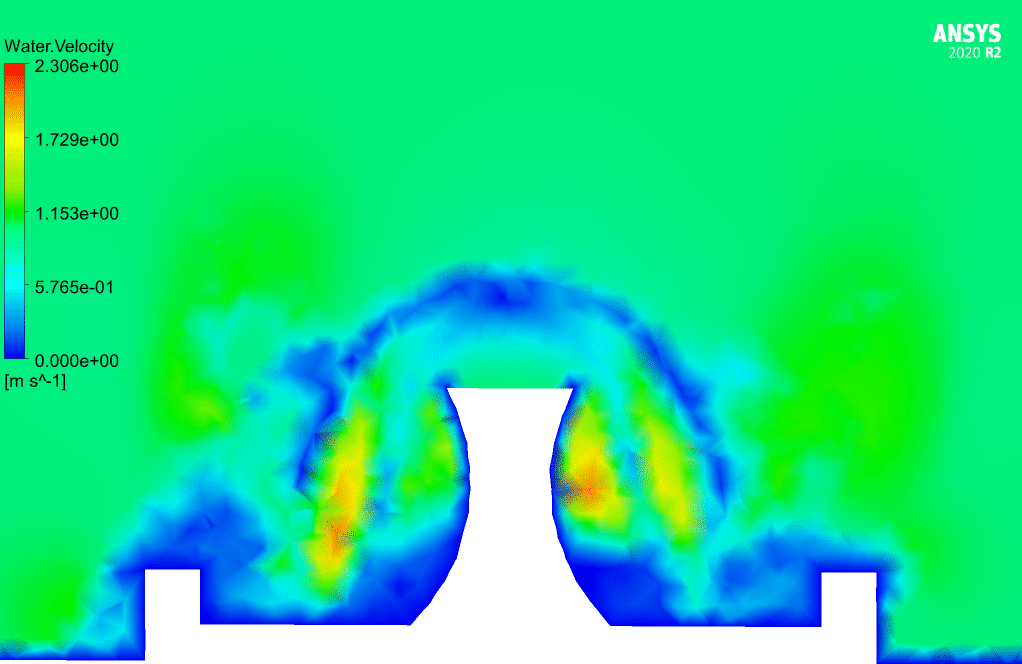
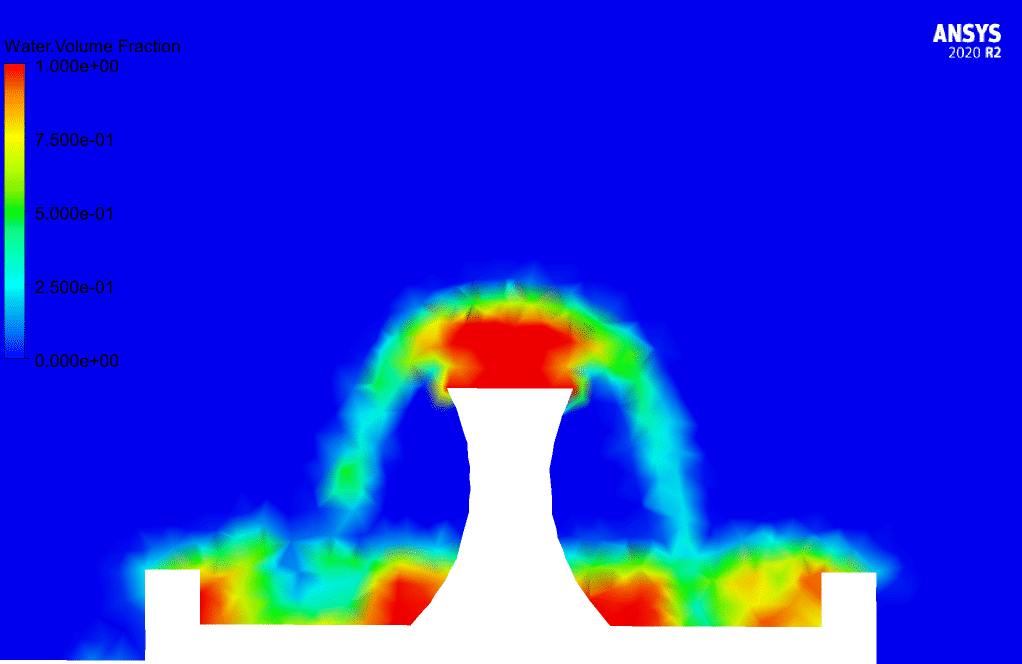

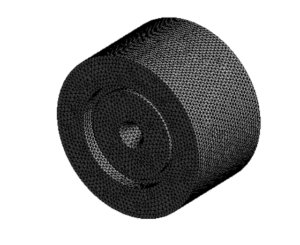


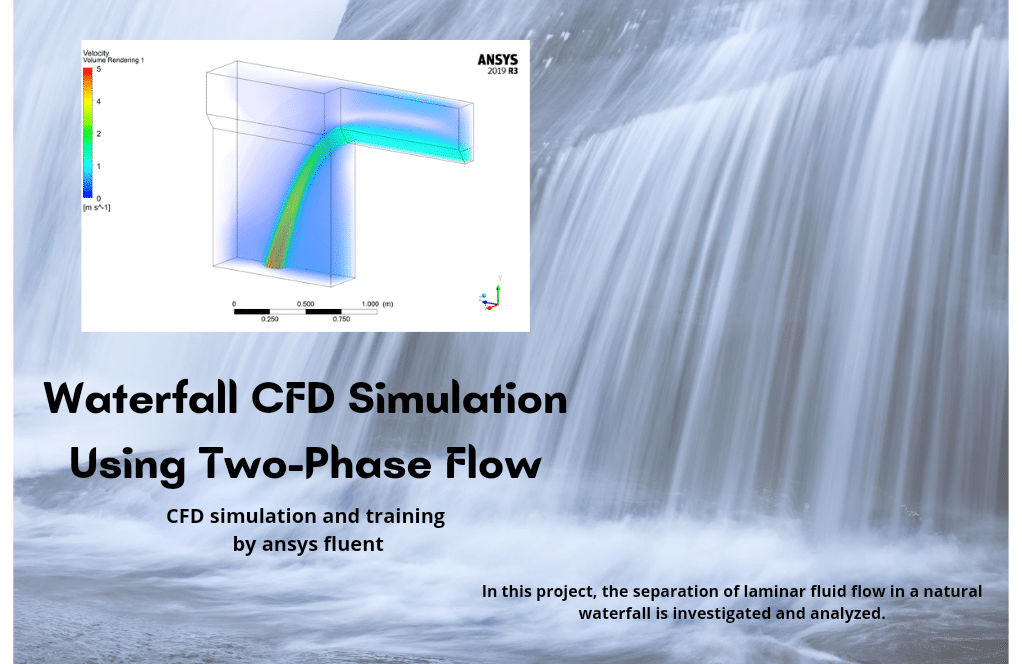
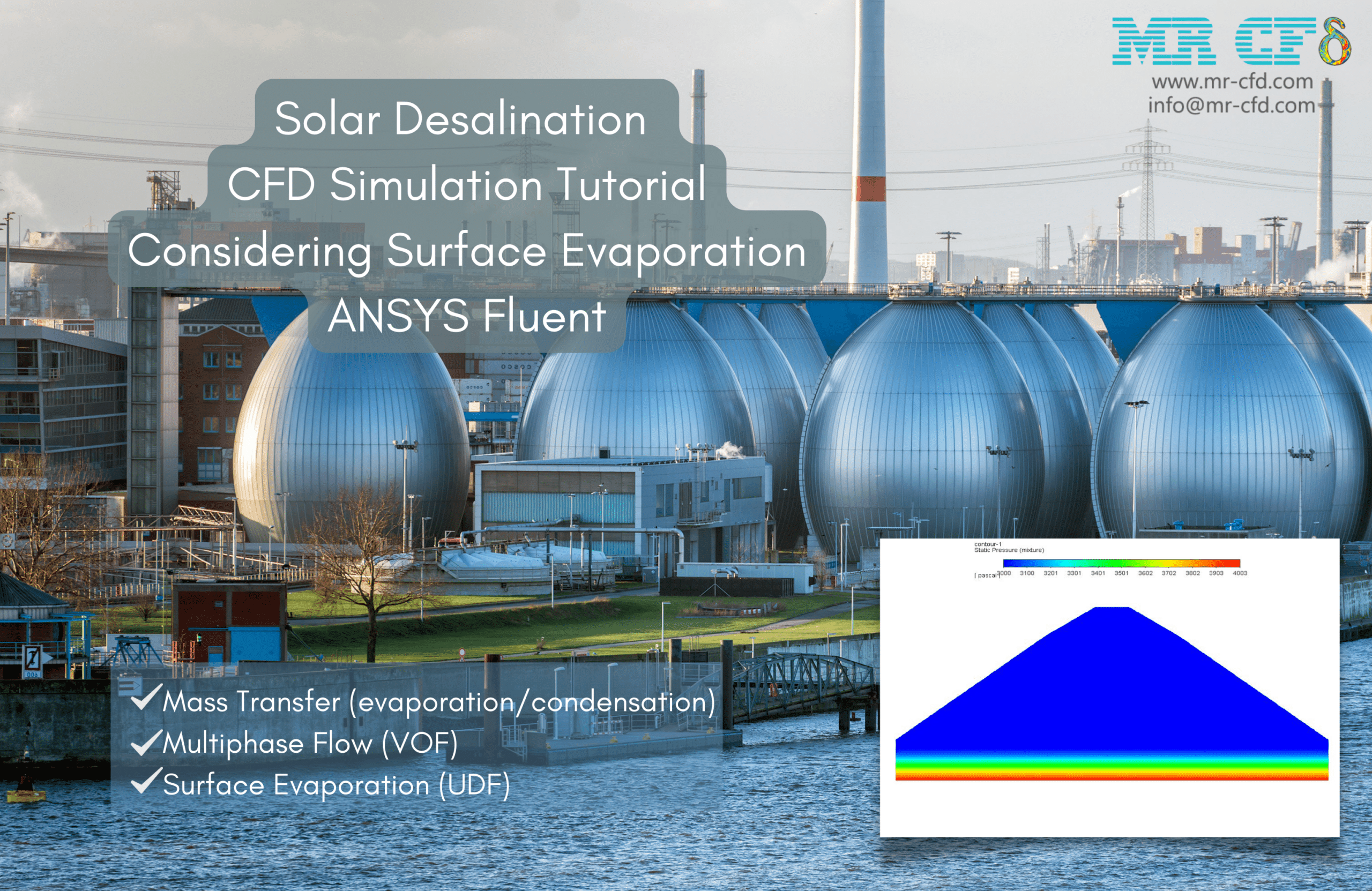

Leone Terry –
This course on Fountain Waterfall CFD simulation seems comprehensive. Can this training be applied to other fluid structures simulations or is it very specific to fountains?
MR CFD Support –
The Fountain Waterfall CFD simulation training provides in-depth knowledge and techniques of multiphase flow modeling, specifically in the context of a fountain waterfall. While the training focuses on a specific application, the fundamental concepts and methodologies taught can indeed be applied to other fluid-structure simulations. Learning how to set up and manage the Eulerian multiphase model and associate the boundary conditions with the inclusion of gravity effects can be beneficial when conducting different types of CFD simulations in various engineering fields.
Flora J. –
Great! I am so excited to see this project.
Darryl –
Hi.
I was looking for such a project. thank you!
Shavonne –
I really enjoyed that. Thank you, MR-CFD.
Sharon –
Tutorials prepared by MR-CFD are truly professional.
Zachery Tremblay –
I loved how this CFD simulation captured the mixing of water and air in the Fountain Waterfall project. The way the mesh was constructed seems to have played a big role in the accuracy of the results. Great work on considering gravitational effects and boundary conditions—everything looked so realistic in the simulation!
MR CFD Support –
Thank you very much for your kind words and for appreciating the fine details of our simulation work. It’s rewarding to hear that our attention to mesh quality, gravity, and boundary settings has translated into a realistic and satisfactory visual for you. We are delighted that you found the results accurate and helpful in understanding the dynamics of the Fountain Waterfall. If you have any more feedback or need further assistance with our products, please don’t hesitate to reach out!
Macie Rath –
The explanation mentions that the airflow rate at pressure outlet is considered, but doesn’t specify how it’s determined. Could you explain that?
MR CFD Support –
The airflow rate at the pressure outlet is typically determined based on the environmental conditions and the desired effect of the fountain. It could be calculated as per the conservation of mass, assuming the volume of air displaced equals the volume of water coming into the fountain. The software allows for specifying backflow volume fractions to manage how the two fluids behave at the outlet, ensuring a natural interface between water and air if backflow occurs.
Idell Schaefer Jr. –
I found the complex interplay between air and water in the fountain simulation fascinating. Can you confirm if the initial velocity of the water entering the fountain directly influences the time it takes for the fountain to overflow?
MR CFD Support –
Absolutely, the initial velocity of the water plays a crucial role in determining how quickly the fountain fills and subsequently overflows. Based on the project description, there is a clear relationship between the initial water velocity, the inlet diameter, and the filling time of the fountain as observed in the simulation results.
Jaden Kuvalis –
The training materials were very clear and the step-by-step guidance in setting up the CFD simulation was extremely helpful. Practical examples like this aid in solidifying theoretical knowledge with practical skills.
MR CFD Support –
Thank you for your positive feedback! It’s wonderful to hear that our training on Fountain Waterfall CFD simulation with Ansys Fluent has been effective in enhancing your understanding and application of CFD concepts and skills. We are glad that the practical examples and detailed steps provided in the material were beneficial to your learning experience.
Bertrand Treutel –
The tutorial was really detailed, and the results explained how different parameters, like velocity and inlet diameter, impact the filling time. Great learning tool for understanding multiphase flows and the dynamics of a fountain waterfall simulation.
MR CFD Support –
Thank you for your kind words! We are thrilled to hear that you found our tutorial on Fountain Waterfall CFD simulation to be a detailed and valuable learning resource for understanding multiphase flow dynamics. If you have any further questions or need more information in your learning journey, please feel free to reach out.